Arthrosis is a chronic disease in which there are changes in the structure of the connective tissues of the musculoskeletal system. The disease is characterized by a progressive course against which cartilage tissue is gradually destroyed. This pathology is diagnosed in many people over the age of 65 because one of the factors that contributes to the development of the condition is the natural aging process of the body.
Causes of the disease
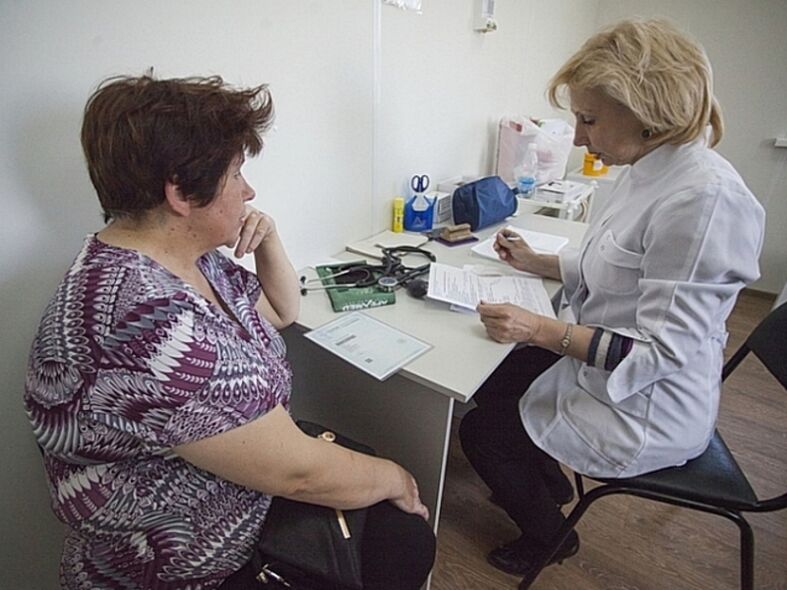
Arthrosis is commonly referred to as joint disease and cartilage destruction. The reason for this is deterioration of blood circulation, cartilage metabolism, trauma. They lose their elasticity, become fragile, deform. Joint fluid is virtually non-existent, the joints stop slipping during movement, and friction occurs between them. These factors cause pain, inflammation begins.
Causes of arthrosis:
- High load on the joints. Osteoarthritis is common in athletes and people who do heavy physical work. Being overweight also significantly increases the load.
- Poor nutrition. In order for cartilage tissues and joints to receive the required amount of calcium, potassium, and other useful minerals and substances, one must ingest them in adequate amounts with food.
- Diseases such as scoliosis or flat feet also negatively affect the joints. Because the load is unevenly distributed due to muscle failure, the joints suffer. Arthrosis begins to develop in the joint where the load was greater.
- Cartilage lesions do not go unnoticed. They disrupt metabolism, elasticity and lead to inflammation.
- Prolonged stress disrupts the metabolism of the whole body and joints. especially the muscles are tense. All this leads to arthritis.
- Disease. The closer you get to old age, the more your joints wear out.
- Inflammatory diseases in the body can lead to arthrosis. These include: tuberculosis, purulent arthritis, syphilis.
- Joint dysplasia caused by an abnormal development of the joints in the womb.
Several of these traits, such as metabolism and certain diseases, are often grouped into separate groups: hereditary causes.
Degrees of development of arthrosis
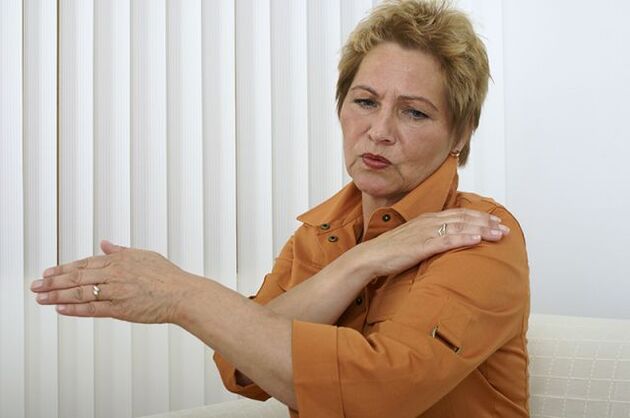
Arthrosis does not occur suddenly, without causes or symptoms. There are 3 stages of its development:
- Pain occurs after training, after walking long distances. After resting, the pain disappears. At this stage, the cartilage begins to break down, with insufficient secretion of joint fluid. Muscles go through change, they weaken.
- The pain can be felt not only after training but also at rest. Not even a night’s sleep brings significant relief. Bone growths begin to form in the joints. When the joint moves, a crack is heard. Some swelling of the surrounding tissues can be seen.
- The musculoskeletal system is significantly weakened, the joint fluid is not released due to the damaged metabolism, the cartilage is deformed. Bone growth during movement causes unbearable pain. The swelling of the periarticular tissues becomes more pronounced and the temperature is high.
Unfortunately, many only go to the doctor when their arthrosis reaches grade 3. People don’t pay attention or just try to treat the symptoms, not the disease itself. Although treatment will be much more effective and faster if you start at the first sign of the disease.
The main types of the disease
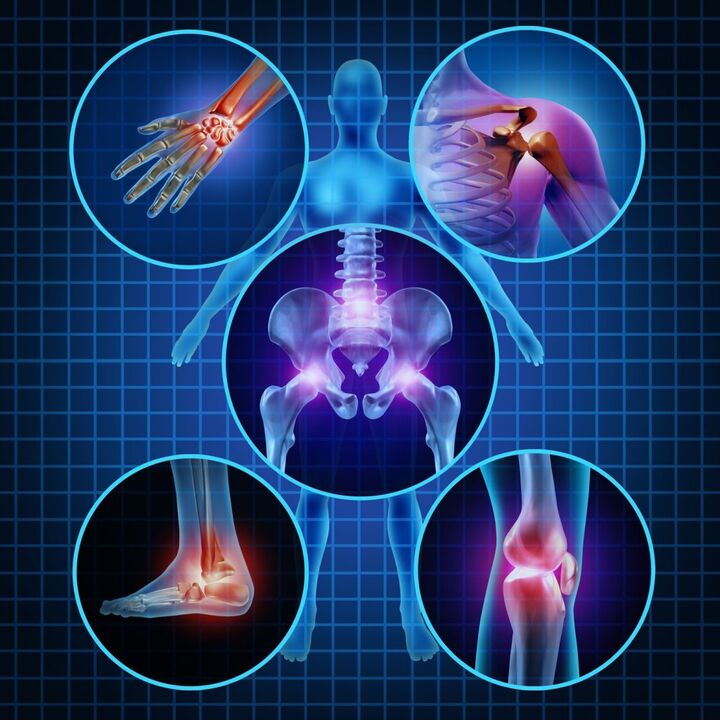
There are several types of arthrosis, depending on the area of the joint involved:
- Gonarthrosis is an inflammation of the joint tissue in the knee. It is most common in people who are overweight or have varicose veins. Injuries are also one of the main causes.
- Anthrosis of the ankle joint - most often due to injuries and dislocations. Athletes and those who do physical work are very sensitive to this type of arthrosis. Overweight people also suffer from pathology.
- Coxarthrosis - a thinning of the connective tissue of the hip joint. It is difficult to notice the onset of the disease. There are no obvious symptoms: no swelling, no lameness, only occasional pain. But despite the lack of external signals, there are serious internal changes. Muscles weaken, pain intensifies, lameness occurs. Most often, medication at this stage is ineffective. The way out is joint prosthetics.
- Arthrosis of the shoulder joint occurs when it is worn out due to heavy loads, injuries, disruption of the endocrine system. It is characterized by severe shoulder pain and limited joint mobility. One of the main methods of treatment is training therapy.
- Spondyloarthrosis - arthrosis of the spine. It is most common in people who do sedentary work and who put a strain on their backs (such as moving people). Overweight people with poor posture also suffer from spondylarthrosis, as their cartilage wears out prematurely, and microtraumas and inflammations develop. Exercise therapy, swimming and acupuncture are good ways to relieve pain.
- Uncoarthrosis - the destruction of the intervertebral discs of the cervical spine. It occurs due to congenital malformations, overweight, low physical activity, injuries. It is dangerous because it causes the loss of some reflexes, leading to dizziness, fainting and high blood pressure. Treatment for this type of arthrosis must be complex: medication, physiotherapy. In addition, it is recommended to wear a special collar to reduce the load on the neck region. It also contributes to a slight elongation of the muscles.
You should contact an arthrologist or rheumatologist to make a diagnosis.
Which doctor is treating you?
How to treat arthrosis, only a doctor will tell you. But which doctor to go for due to arthrosis depends on the extent to which the disease has reached.
- If someone has grade I arthrosis, the pain is just beginning, and there are no serious changes in the joint, a rheumatologist should start treatment. Prescribe the necessary medications and procedures.
- When the pain becomes more intense and prolonged, changes in the internal tissues begin, grade 2 arthrosis occurs, you should contact an orthopedic doctor. In addition to medications, you can also prescribe a physiotherapy complex and a massage regimen.
- Then when the arthrosis starts and has already reached grade 3, only a surgeon can help. Otherwise, the patient is at risk of disability. Restoration of destroyed cartilage and joints is sometimes only possible through surgery.
In case of arthrosis after joint injury, contact a traumatologist. Depending on the injury, the traumatologist may refer the patient to another profiling specialist.
Prevention

To prevent arthrosis, you should take the following measures:
- pay attention to your diet, make it as useful as possible;
- prevents the development of overweight;
- distribute the load properly on the joints, do not overload them;
- after physical activity, massage should be performed to avoid circulatory disturbances.
Such prevention of arthrosis helps to prevent diseases not only of the musculoskeletal system but also of other systems and organs.
Treatment of arthrosis
First of all, does anyone who has been diagnosed with this want an answer to the question of whether arthrosis can be cured? Treating arthrosis is always a set of medications, procedures, practices, folk methods and plenty of time. Unfortunately, arthrosis cannot be cured with two weeks of medication. Even if the pain subsides and some signs of arthrosis begin to disappear, it does not mean the beginning of a full recovery.
Important! Treatment can last for six months or more. Therefore, be patient and persevere with all your doctor's instructions.
Medical therapy
Arthrosis is treated intermittently. Each section addresses a specific issue:
- Pain relief and anti-inflammatory treatment. Before starting treatment directly on the joints and cartilage, you need to get rid of the pain and eliminate the inflammation. This is achieved by the use of non-steroidal anti-inflammatory drugs.
- Cartilage tissue regeneration using chondroitin-containing chondroprotective preparations.
- Restoration of the joint by injection into the area of the patient's joint. Corticosteroids can also be prescribed. They relieve inflammation (if not treated with tablets and ointments) and restore the mobility of the affected joint.
- Filling the joint cavity with hyaluronic acid. It promotes the formation of new fluid and prevents friction between one joint.
Unfortunately, complete recovery of the joint is not possible even after the full course of treatment indicated above. Additional procedures and methods are needed.
Therapeutic and physical culture complex, gymnastics and massage for arthrosis
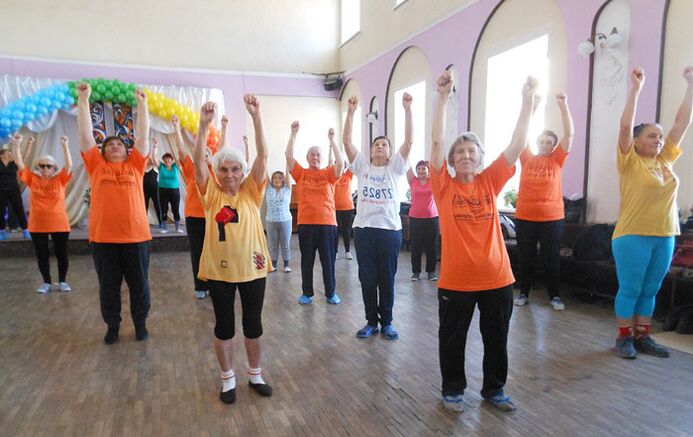
Gymnastics is an integral part of the treatment of arthrosis. The instructor will compile an individual training program based on the diagnosis and recommendations of the treating physician. Because there are several types of arthrosis, the exercises will focus on developing different muscle groups, different joints and ligaments. The age of the person with arthrosis, the presence of obesity and other factors should be taken into account when compiling the series of exercises.
For example, effective Popov exercises are available to develop the muscles and ligaments of the shoulder girdle. It is based on the repetition of smooth movements with a slow amplitude increase.
Movement therapy can only be started after the pain and inflammation have stopped.
Important! Exercise therapy, gymnastics and massage are contraindicated during the aggravation of the disease!
Gymnastics should be done several times a day at home. It is better to warm up a little before each load of the sore joint, rotating it up and down sideways with light movements.
It is recommended to start a massage treatment even after relieving pain and inflammation. Every movement should be light, caressing, without unnecessary effort and pressure.
Folk treatment methods

Alternative methods are not a panacea for arthrosis, one cannot hope for a cure if we use only traditional medicine. It is an excellent adjunct to conservative treatment, but not an independent species.
The most effective folk remedies for arthrosis are compression and rubbing. The following compresses proved to be the best:
- Wrap cabbage juice or cabbage leaves smeared with honey.
- Grate chopped horseradish root on the grater.
- Compressed cooked oatmeal.
- Wrap freshly mashed potatoes.
The most effective of the rubs are:
- Rubbing with honey, vinegar (or alcohol), iodine and glycerin. Improves blood circulation, relieves pain.
- Rubbing raw chicken eggs, turpentine and ammonia. Apply 3-4 days before bedtime, no more.
- Rubbing from propolis and vegetable oil (sunflower, olive).
- Alcohol infusion of the roots of elecampane.
For arthrosis, some decoctions and tinctures are used orally. They help to improve the metabolism and supply the necessary substances to the body of a person suffering from arthrosis. The following are especially popular:
- decoction of bay leaf;
- a mixture of garlic and olive (corn) oil;
- a mixture of calcined cottage cheese (homemade), honey and horseradish root.
Bathing with hay powder has a positive effect on sore joints. It is also helpful to do exercises to develop muscles and ligaments.
Important! Before starting treatment with herbs, you should make sure that there is no allergic reaction to the ingredients of decoctions, tinctures and compresses.
Treatment with stem cells
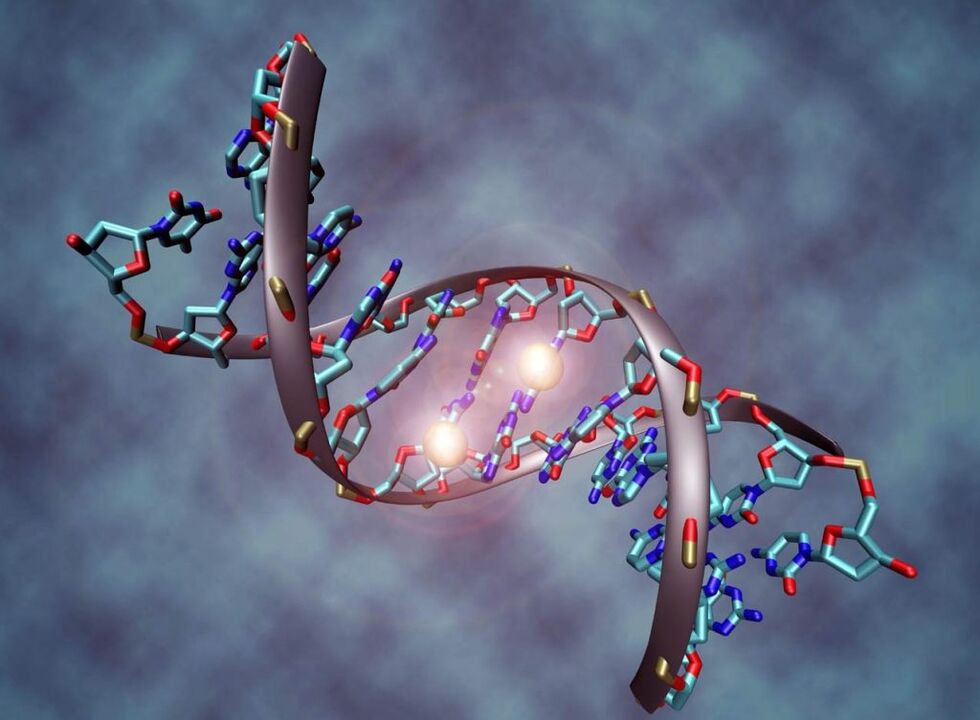
The human body contains stem cells. The unique ability of these cells is to be able to transform into any cell in the body. This property has been used as a basis for the development of a method for the treatment of arthrosis of joints with stem cells. The method involves isolating a certain amount of stem cells from human bone marrow. It is then grown under special conditions for 2 months, sometimes for less time. It is then introduced into the cavity of the patient's joint.
Stem cells improve metabolism and blood circulation in the affected area, relieving inflammation and pain. Thanks to them, cartilage and joint tissue are restored. In a few months, a second stem cell injection into the joint area will be needed. After 6 months after the procedure, we can talk about the effect achieved, although the improvement is almost visible in the first days after the cells enter.
Surgical treatment
The operative method of treating arthrosis is used when conservative methods do not produce the expected results: the inflammation does not go away, the pain does not go away. The essence of these is the delivery of the necessary devices to the area of the affected joint and the manipulation that helps to restore all the tissues and their functions. Sometimes this is not enough for a full recovery. A method such as joint replacement is then used. In this case, special metal or plastic plates are installed in place of the cartilage.
Disability due to arthritis
Often, with this disease, a person is tormented by such severe pain that they are ready to claim a disability. After all, these pains do not allow him to perform work and household functions qualitatively and in adequate quantities. But doctors are in no hurry to diagnose the disability because with proper treatment and accurate implementation of all the recommendations, the pain will go away, the inflammation will be reduced, and motor activity will be restored. If the diagnosis is "Grade 1 arthrosis" or "Grade 2 arthrosis, " it is almost impossible to obtain a category.
Important! Disability is only allowed due to irreversible deformity changes in the joints.
And yet, in advanced arthrosis, if even the symptoms of the disease cannot be removed, there is hope for disability. But this will be temporary. You should undergo regular medical and social examinations. If the patient has undergone endoprosthesis surgery and his motor functions are fully restored, the disability will cease.



















